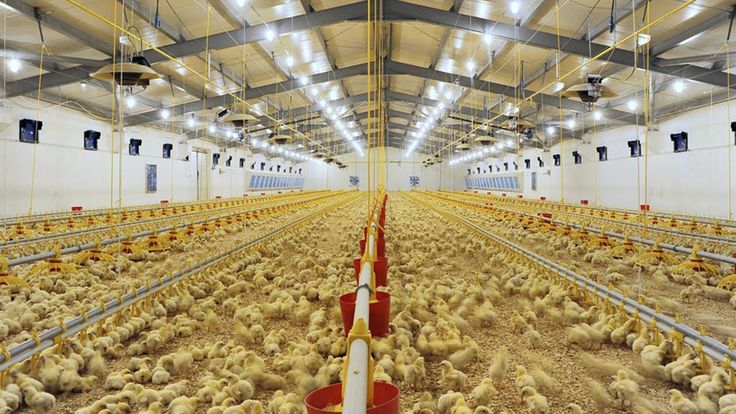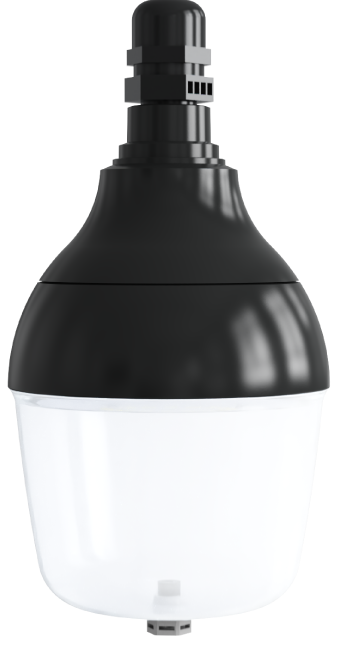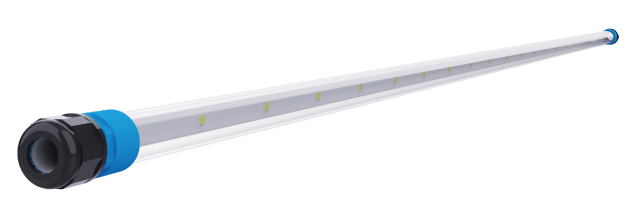The Effect of Light in the Chicken Coop on Poultry Farming Production

Directory:
1. Light in the Chicken Coop: Defining the Critical Parameters
2. Light Sources in the Chicken Coop: Balancing Efficiency and Welfare
3. The Role of Light Color in the Chicken Coop
4. Photoperiod Management in the Chicken Coop
5. Optimizing Light Intensity in the Chicken Coop
6. Practical Recommendations for Farmers
Light in the chicken coop is a pivotal yet often overlooked factor in modern poultry farming, profoundly influencing embryonic development, post-hatch growth, and overall productivity. This article synthesizes research on how light in the chicken coop—spanning its spectral properties, duration, and intensity—shapes poultry health, welfare, and economic outcomes.
1. Light in the Chicken Coop: Defining the Critical Parameters
Light in the chicken coop is composed of three interrelated dimensions: wavelength (color), photoperiod (duration), and intensity. These parameters regulate avian physiology, including hormone secretion (e.g., melatonin, testosterone), circadian rhythms, and metabolic functions. For instance, light in the chicken coop synchronizes feeding patterns, stimulates skeletal development, and modulates immune responses. Baxter et al. emphasized that optimized lighting is essential for activating hypothalamic photoreceptors and reproductive mechanisms in poultry.
2. Light Sources in the Chicken Coop: Balancing Efficiency and Welfare
Modern poultry farms utilize diverse light sources, each with distinct effects:
Incandescent bulbs: Provide warm light but are energy-inefficient (8–24 lumens/W).
Fluorescent lamps: Long-lasting (20.000+ hours) but reduce light output by 20–30% over time.
LED lights: Emerging as a superior choice due to adjustable wavelengths (e.g., blue/green LEDs reduce stress; red LEDs enhance reproduction).
Light in the chicken coop using LED technology has been shown to lower corticosterone (CORT) levels, mitigating stress-induced growth suppression in broilers.
3. The Role of Light Color in the Chicken Coop
The wavelength of light in the chicken coop directly affects growth and behavior:
Blue/Green Light (415–508 nm): Stimulates early muscle growth and satellite cell proliferation (Zhang et al.), while reducing fear responses.
Red/Orange Light (571 nm+): Enhances reproductive performance and hatch rates (Archer et al.).
White Light: Balances hatchability and welfare but may disrupt melatonin rhythms if overused.
Birds possess unique photoreceptors sensitive to specific wavelengths, enabling tailored lighting strategies. For example, green light in the chicken coop increases broiler weight by upregulating mTOR signaling, which promotes muscle hypertrophy (Cao et al.).
4. Photoperiod Management in the Chicken Coop
The duration of light in the chicken coop must be balanced with darkness to support metabolic health:
Embryonic Stage: 12L:12D (12-hour light/dark cycles) improves leg health and reduces post-hatch fearfulness. Continuous light disrupts melatonin synthesis, increasing skeletal disorders.
Post-Hatch Phase: Intermittent lighting (e.g., 6L:6D cycles) reduces leg abnormalities and mortality (Classen et al.). Farms should ensure ≥4 hours of daily darkness to stabilize circadian rhythms.
5. Optimizing Light Intensity in the Chicken Coop
Light intensity in the chicken coop impacts activity levels and welfare:
High Intensity (≥20 lux): Promotes skeletal development but risks aggression.
Low Intensity (≤5 lux): Reduces pecking behaviors but may cause retinal damage if prolonged.
Hy-Line International recommends 30 lux for layers, while broilers prefer 20 lux during early growth. Modern protocols gradually reduce intensity from 20 lux (Day 1–7) to 5 lux post-Day 21.
6. Practical Recommendations for Farmers
To maximize the benefits of light in the chicken coop:
Brood: Use red or white LEDs to improve hatch rates and chick quality.
Broilers: Apply green/blue light early for muscle growth; switch to red light post-maturity.
Layers: Maintain 14L:10D cycles with 30 lux to optimize chicken laying egg production.
Light in the chicken coop is a dynamic tool for enhancing poultry farming efficiency. By calibrating wavelength, photoperiod, and intensity, producers can mitigate health risks, accelerate growth, and align practices with avian biology. Future innovations, such as adaptive LED systems, will further refine the role of light in the chicken coop, ensuring sustainable and ethical poultry production.
7. Related Products



8. Related Solution & Science
9. Related Poultry Lighting Blog
Chicken Coop Lighting for Egg Production